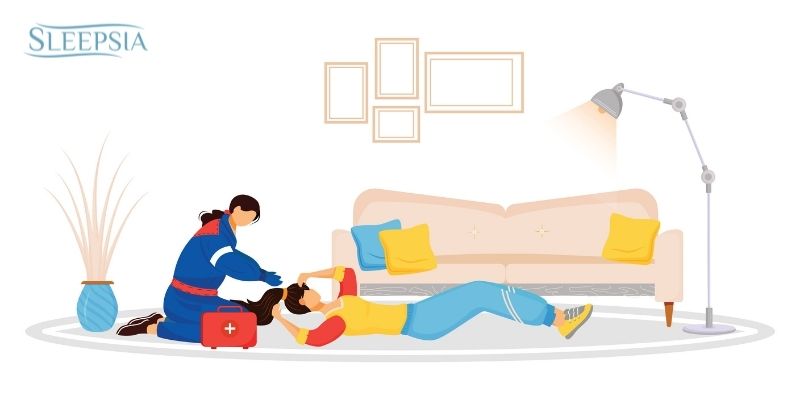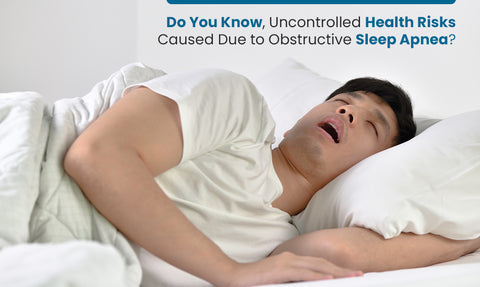
Defined by momentary loss of muscle control, Cataplexy is caused by strong emotions such as laughter or sadness. Usually associated with narcolepsy, it affects between 135,000 to 200,000 people in the United States alone.
While generally the weakness occurs in smaller muscle groups such as the eyelids, cataplexy may also result in a complete body collapse.
But the irony is that cataplexy generally occurs as a reaction to pleasant emotions. Laughter is the most common trigger, but other triggers may include:
- Excitement
- Annoyance
- Happiness
- Fear
- Stress
It may also be seen in other serious medical conditions such as:
- Multiple sclerosis
- Heart attack and stroke
- Encephalitis
- Injury to the head
Duration of Cataplexy Attack:
These attacks generally last for only a few seconds to a few minutes. Most attacks are under 2 minutes, and then normal muscle control resumes.
Causes of Cataplexy
The underlying cause of cataplexy isn’t known, but there are many hypotheses, such as the REM sleep dissociation hypothesis, which suggests that muscle paralysis occurring during REM sleep intrudes during the waking hours.
A lack of hypocretin, a neurotransmitter that promotes wakefulness, is thought to be the primary cause of cataplexy.
Further, changes in the cells of the immune system have been noted in people suffering from this condition.
Symptoms of Sataplexy
Generally associated with narcolepsy, cataplexy usually begins in early childhood.
Because of the variability in the severity of the attacks, it may be hard to notice cataplexy unless it is severe.
Symptoms of cataplexy include:
- Jaw tremors
- Twitching in facial muscles
- Drooping eyelid
- Difficulty with speech
- Aberrant tongue movement
During a full body attack, the person, unable to move, may collapse completely. However, the attack disappears after a few minutes after which the person gets complete control over his or her muscles.
Diagnosis of Cataplexy
Your doctor will recommend a test to diagnose narcolepsy with cataplexy.
However, in some cases the doctor will simply rely on the description of events and symptoms to make a diagnosis, symptoms that include excessive daytime sleepiness(EDS).
After a polysomnogram (sleep study,) your doctor may order a Multiple Sleep Latency Test (MSLT,) which helps to find the connection between the previous night’s sleep and naps taken during the next day.
Treatment and Prevention of Cataplexy
Apart from medication, you should focus on your lifestyle choices. Unhealthy lifestyle choices and stress exacerbate the symptoms, while healthy lifestyle choices alleviate them.
Here are a few sleep hygiene practices that you can incorporate into your schedule:
Consistent sleep schedule
Routines make it easier to follow through on tasks. At first it seems difficult to follow the routine, as good habits rarely release dopamine in the brain in the same amount that bad habits do.
So it’ll take time, but you need to be persistent until you’re falling asleep at the same time everyday.
Enhance quality of sleep
Apart from quantity, you must focus on the quality of your sleep. Uninterrupted sleep is important for keeping you well rested throughout the day.
To enhance the quality of your sleep, you must minimize noise and light in your sleep environment. You can dim the lights if you prefer not to switch them off and use earplugs to drown out the noise.
Daily exercise
Exercise for 30 minutes everyday religiously. The importance of exercise, when it comes to sleep, cannot be exaggerated.
Exercise helps you fall asleep faster by tiring your body and releases endorphins in your brain, which make you feel happy. Regular exercise is also a great way to build self-discipline.
Avoid caffeine and alcohol
In addition to affecting your nervous system, both caffeine and alcohol work as diuretics, which promote dehydration.
While you can consume caffeine early in the day, avoid it close to your bedtime. As the half life of caffeine is 6 hours, you should avoid it 12 hours before heading to bed.
Practice relaxation technique
Underlying stress and unhealed trauma cause anxiety. Most often, we’re not even aware of these stressors or trauma that our mind holds within itself. Yet the subconscious holds the experience and keeps acting on the basis of that experience.
Relaxation techniques are a great way to deal with both stress and trauma.
Some relaxation techniques that you can try before heading to bed include:-
- 4-7-8 breathing technique
- Grounding
- Progressive muscle relaxation
- Mindfulness meditation
Conclusion
Cataplexy is a serious medical condition. If you have the symptoms, then get in touch with a certified medical professional. And inculcate good habits in your life to decrease stress and increase relaxation.












